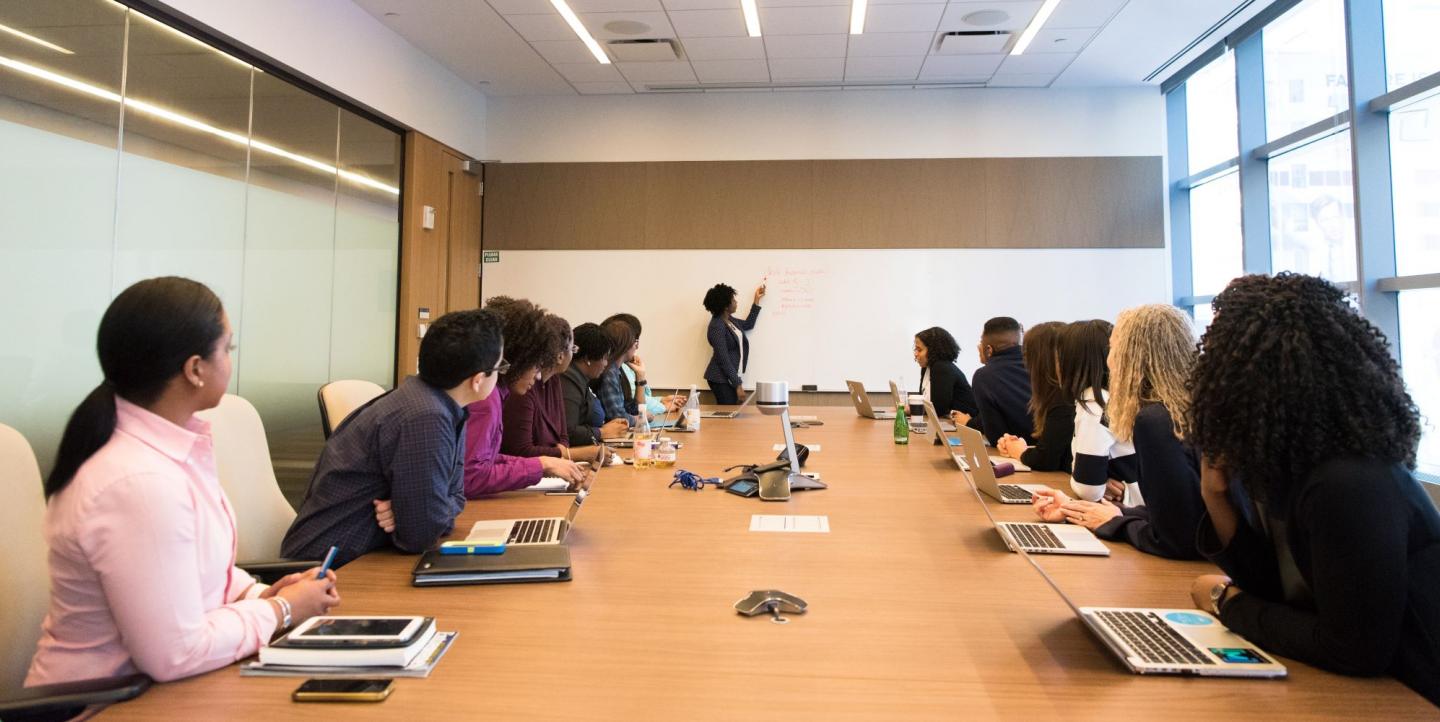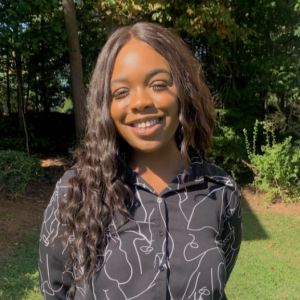It’s been one year since the killing of George Floyd sparked global protests against police brutality and racial injustice. With a spotlight on issues of systemic racism, discussions about how to improve diversity and inclusion in the workplace have been front and center in many industries, including the media. For many journalists of color, this has meant seeking additional support in their newsrooms, as well as facing additional challenges that can come from covering one’s own community.
In a recent online panel organized by IJNet and the Media Diversity Institute, titled, How the news media can advance diversity and inclusion in 2021, expert speakers offered critical perspectives on why representation in the news industry must continue to be a priority today.
The virtual event featured Krissah Thompson, The Washington Post’s managing editor of diversity and inclusion; Darshna Soni, Channel 4 home affairs correspondent in the U.K.; and Selymar Colón, president and editor in chief of Frame ONE Strategies and co-founder of Diversifying Journalism. They addressed such challenges in a solutions-oriented conversation led by Gary Younge, former U.S.-based correspondent for The Guardian and award-winning author, broadcaster and professor of sociology at the University of Manchester in England.
Ensure sustainable diversity and inclusion efforts
During the discussion, Younge emphasized the difference between a moment of opportunity and a moment of opportunism. The panelists suggested that newsrooms create permanent positions as one solution to ensure the sustainability of diversity and inclusion efforts.
Thompson noted the importance of “cognitive diversity” in a newsroom. It’s not enough simply to hire people from a diversity of backgrounds — newsrooms must strive to support new ideas and thinking brought forth, as well. This means including staff who both look and think differently, and making sure that their ideas are supported.
“It’s not just about having diversity in your newsroom, or diverse teams. It's where they are,” noted Colón. “We have diverse voices. We have what they call ‘deep surface diversity,’ but where are they? Do they have a seat at the table? Do they have a voice? Are they empowered to make decisions or do they have the support of the leadership inside and outside?”
Acknowledge that everyone has a role to play
Panelists also discussed how, without such support, journalists of color can experience burn-out from having to repeatedly raise and validate issues of race.
“In all my time as a journalist, these things come in waves and sometimes it's fashionable to think about race,” said Soni. “Sometimes the editors want to get Black commentators on if there's a riot somewhere or if there was a killing or if something happened… But then it'll die down and in a few months it will be forgotten about. And then you feel like every time there's a new event, you have to start again.”
It has often been left to journalists of color to shoulder the burden around raising such issues in the first place, and to keep the spotlight on them after initial attention subsides.
“This last year has felt as if the debate has changed... I think there's been a realization this time around because of BLM that it's not just up to Black and Asian people to always be raising these issues and to always be saying why we should be doing something about it. I think there's been a realization that it's that white people have a responsibility as well.”
Define your interests and know your allies
The panelists discussed how newsrooms have historically classified journalists of color exclusively as race writers, and offered advice for countering this practice.
Younge urged young journalists to report on topics they love and know — and that newsrooms should allow space for this. “You're still going to be Black, you're still going to be a person of color. You're still going to bring your history to it,” he said. “But all of those phrases like ‘you will be pigeonholed’ are always about somebody else doing it to you. You really want to be able to define yourself and carve your own interests, carve out your own interests, because that's what you do best.”
Thompson highlighted the talent and know-how that journalists of color can bring to the table. “I feel like there has been growth in that appreciation for the expertise of journalists who can write about race and identity,” she noted. “What I have tried to really get behind and support is to show that when you can write about [cultural] issues in a sophisticated way and when you can provide people with insight that they did not have previously on these topics, that is appreciated.”
Colón added that when support is lacking within an organization, it's important to be prepared and know your allies when raising issues.
“If you want to affect change and you're not in a leadership position, prepare yourself. Have all the knowledge that’'s needed, all the facts and bring solutions,” she said. “We don't always have to bring the big solution. Sometimes we can start small and it’s all about phases.”
Take action now
Moving forward, panelists emphasized the importance of action today.
“Nurture talent. Encourage young people, bring them on, show them how they can progress their careers, because a lot of the time you can,” said Soni. “Nowadays, I feel that people are getting very low level entry level jobs, but there isn't a clear pathway for them. I know plenty of white people who started out as runners who were not presenters or correspondents. I haven't seen the same happen with people of color.”
For Thompson, the time to bring about meaningful change is now. “I think we're at the stage in terms of diversifying newsrooms where we just need to do it,” she said. “The talent is there. I'm not sure we need to have a lot more conversation about it. I think we just need to take a hard look at our practices.”
Chanté Russell is a program assistant at the International Center for Journalists.
Main image CC-licensed by Unsplash via Christina @ wocintechchat.com.


